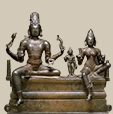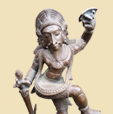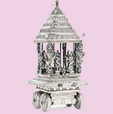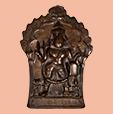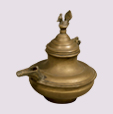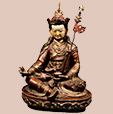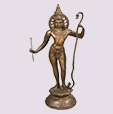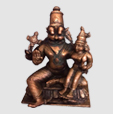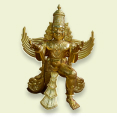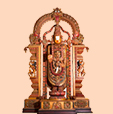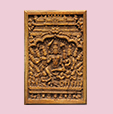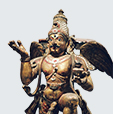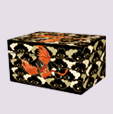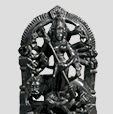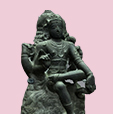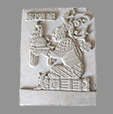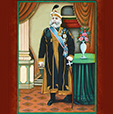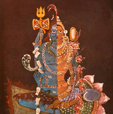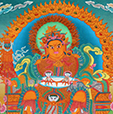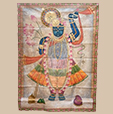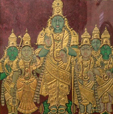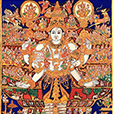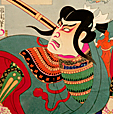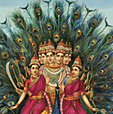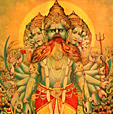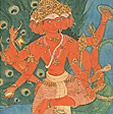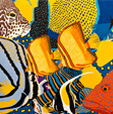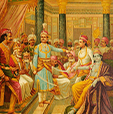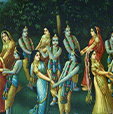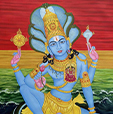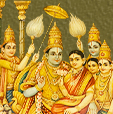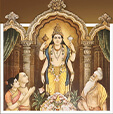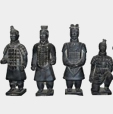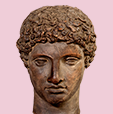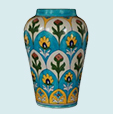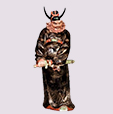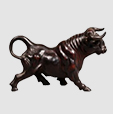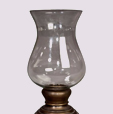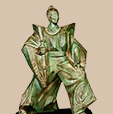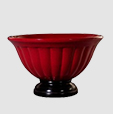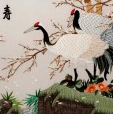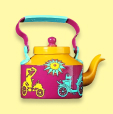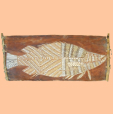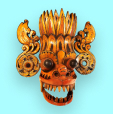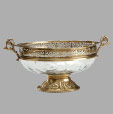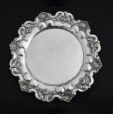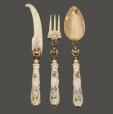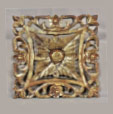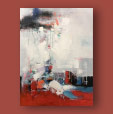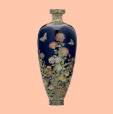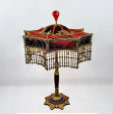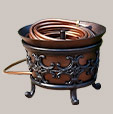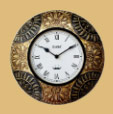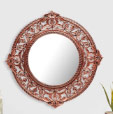

India has always held a special allure due to its captivating culture, vibrant traditions, and lively way of life. Throughout its history and continuing into modern times, India’s cultural richness has fascinated people from all around the world. A significant factor that garners global attention is India’s remarkable tradition of art. The opulent artistic legacy of India has been molded by numerous centuries of cultural, religious, and historical influences. The roots of Indian art can be followed to antiquity, showcasing the abundant variety and continually changing essence of the culture. Spanning from intricate cave paintings to elaborate court masterpieces, the evolution of Indian paintings offers a fascinating journey that delves into creativity, spirituality, and the shifts in society across time.
Mural, Cave Paintings, and Early Expressions (1st Century BCE - 7th Century CE)

The earliest traces of Indian art paintings can be found in the cave complexes of Ajanta and Ellora. These UNESCO World Heritage sites provide a window into the artistic manifestations of ancient Indian civilizations. The tale of Indian murals finds its beginnings in the ancient and early medieval eras, extending from the 2nd century BC to the 8th – 10th century AD. Over 20 locations across India are known to house murals from this period, primarily within natural caves and rock-cut chambers. Notable sites include Ajanta, Bagh, Sittanavasal, Armamalai Cave (Tamil Nadu), Kailasanatha temple in Ellora Caves, Ramgarh, and Sitabinji.
These murals (wall paintings) predominantly depict religious themes from Buddhist, Jain, and Hindu traditions. However, there are instances where the artwork portrays secular subjects. Notably, the Jogimara and Sitabenga Caves in Chhattisgarh host the oldest known painted cave and theater, dating back to the 3rd to 1st century BCE. These sites mark the earliest traces of Indian art paintings.
Medieval India: Miniatures and Manuscripts (8th - 18th Century CE)

As India progressed through the medieval period, the art of painting flourished in different forms. Miniature paintings gained prominence during this time, especially in regions ruled by various dynasties. These intricately detailed paintings adorned manuscripts and illustrated texts, becoming a means of visual storytelling.
Between the 16th and 18th centuries, during the Mughal era, there was a special time for miniature painting to shine the brightest. The Mughal emperors really liked the arts and helped make art important during that time. They had a big part in how art looked and developed. The Mughal miniatures are characterized by their meticulous detailing, vibrant colors, and themes ranging from courtly life to religious narratives. The fusion of Persian, Central Asian, and Indian artistic elements created a unique visual language that continues to inspire artists today.
Pahari Paintings (16th - 19th Century CE)

Parallel to the Mughal miniatures, Rajput and Pahari paintings flourished in the northwestern region of India. These schools of art drew inspiration from local legends, epics, and themes of love. The Rajput paintings, known for their distinctive style and focus on the nobility, encompassed various princely states such as Rajasthan and Punjab. Pahari paintings, originating in the hills of Himachal Pradesh, Jammu, and Punjab, celebrated nature, seasons, and human emotions.
The manuscript illustrations from Malwa and Jaunpur showcase the fusion of indigenous and Persian styles, reflecting the cultural dynamics of the time. Moving south, Mysore paintings capture elegance and attention to detail, portraying Hindu deities and scenes from mythology. Similarly, Tanjore paintings from Tamil Nadu stand out for their rich colors and intricate depictions. Pattachitra, with its traditional roots in Odisha and West Bengal, narrates mythological tales through vibrant hues. Assam’s painting tradition flourished under royal patronage, while regional styles like Madhubani from Bihar illustrate Hindu gods, royal courts, and social events with a burst of colors derived from natural elements. The journey of ancient Indian paintings unveils a captivating narrative of creativity, spirituality, and cultural evolution across diverse landscapes and eras.
Colonial Influence and Modern Beginnings (19th - 20th Century CE)

With the advent of British colonial rule, Indian art encountered new influences. The British administrators and artists introduced academic realism and portraiture, altering the course of Indian art. The establishment of formal art schools in cities like Madras, Calcutta, and Bombay allowed Indian artists to receive Western training.
The 19th century also marked the emergence of Raja Ravi Varma, a pioneer of modern Indian painting. Raja Ravi Varma’s work skillfully blended Western techniques with Indian subjects, particularly Hindu deities and mythological scenes. His contributions laid the foundation for the fusion of tradition and modernity that would shape Indian art in the coming decades.
The Bengal School of Art and Nationalistic Expression (20th Century CE)
The early 20th century saw the rise of the Bengal School of Art, a movement that emphasized Indian identity and nationalism. Influenced by both Western realism and traditional Indian elements, artists like Abanindranath Tagore and Nandalal Bose sought to create a distinctly Indian visual language. This movement also advocated for the use of Indian themes and motifs, fostering a sense of pride in the nation’s artistic heritage.

Post-Independence Evolution and Contemporary Trends (1947 - Present)
Following India’s independence in 1947, the art scene witnessed a blend of traditional themes with modern techniques. A group called the Progressive Artists’ Group was created by famous people like M.F. Husain, F.N. Souza, and S.H. Raza. They wanted to do art differently from before and try new things. These artists used shapes, symbols, and made their art in special ways. This helped make modern Indian art famous all over the world.
In the last few decades, Indian art has kept changing because of things like society, politics, and technology. Artists have tried out different ways of doing art and different topics to make a colorful range of art that’s happening right now. The economic liberalization of the early 1990s further expanded the horizons, leading to the exploration of new concepts, forms, and narratives. Artists like Devajyoti Ray introduced innovative styles like Pseudorealism, which blends abstraction and realism in a uniquely Indian context.
Conclusion
Tracing the origins of ancient Indian paintings unveils a remarkable journey through time and culture. From the sacred caves of Ajanta to the bustling contemporary art scene, Indian painting has weathered shifts, influences, and revolutions, while maintaining its unique essence. The artistic legacy of India is a testament to the boundless creativity, spiritual insight, and cultural diversity that continue to inspire and captivate the world.

